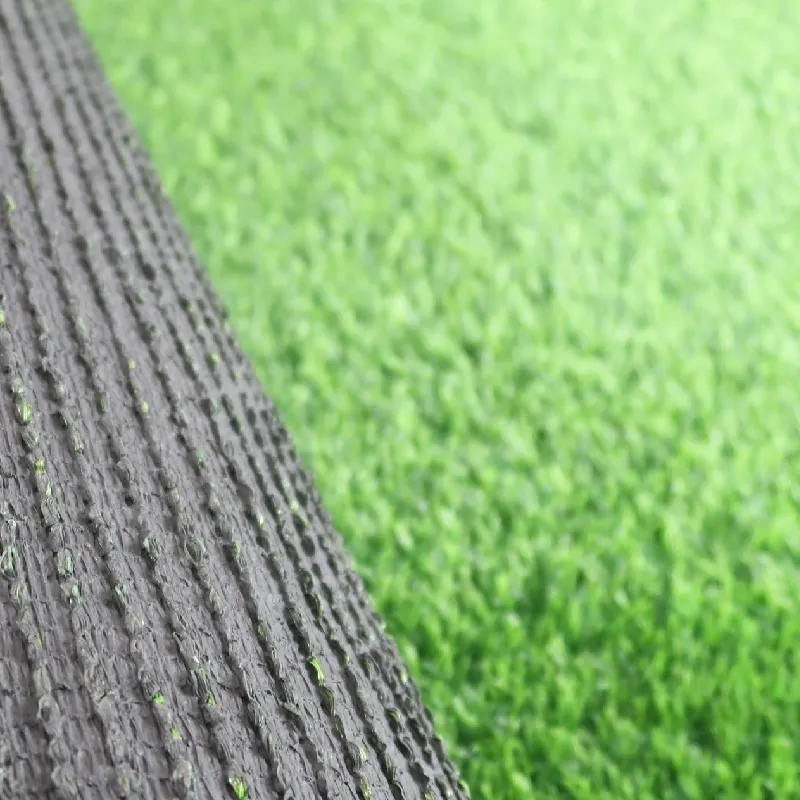
- Afrikaans
- Arabic
- Belarusian
- Bengali
- Czech
- Danish
- Dutch
- English
- Esperanto
- Estonian
- Finnish
- French
- German
- Greek
- Hindi
- Hungarian
- Icelandic
- Indonesian
- irish
- Italian
- Japanese
- kazakh
- Rwandese
- Korean
- Kyrgyz
- Lao
- Latin
- Latvian
- Malay
- Mongolian
- Myanmar
- Norwegian
- Persian
- Polish
- Portuguese
- Romanian
- Russian
- Serbian
- Spanish
- Swedish
- Tagalog
- Tajik
- Thai
- Turkish
- Turkmen
- Ukrainian
- Urdu
- Uighur
- Uzbek
- Vietnamese
soccer synthetic turf
Oct . 19, 2024 01:18 Back to list
The Rise of Synthetic Turf in Soccer
In recent years, the use of synthetic turf in soccer has surged dramatically, transforming the landscape of the sport
. Synthetic turf, often referred to as artificial grass, has become an increasingly popular alternative to natural grass pitches, not only for its durability but also for its ability to provide consistent playing conditions across various weather situations. Understanding the benefits and challenges associated with soccer synthetic turf is essential for players, coaches, and administrators alike.One of the most prominent advantages of synthetic turf is its resilience. Traditional grass fields require significant maintenance, including regular mowing, watering, and reseeding, which can be time-consuming and expensive. In contrast, synthetic turf fields typically demand less upkeep. They can withstand heavy use, allowing multiple matches to be played without significant wear. This durability is particularly beneficial for community clubs and schools that may not have the resources to maintain a pristine natural surface.
Moreover, synthetic turf is less affected by weather conditions. Rain can render a natural grass field unplayable, leading to match cancellations and rescheduled games. On the other hand, synthetic fields drain water efficiently, with many designed to remain playable shortly after rain. This reliability increases the availability of training facilities and playing surfaces, contributing to a more organized schedule for teams and leagues.
Another significant benefit of synthetic turf is the consistency it offers in terms of playing surface. Players can expect uniformity in bounce and traction, regardless of external factors like weather or field condition. This consistency can enhance player performance, as athletes can develop skills without the variability introduced by uneven or muddy patches common on natural grass fields.
soccer synthetic turf

In addition to performance benefits, synthetic turf can play a positive role in promoting inclusivity in soccer. With the ability to withstand heavy usage, synthetic fields can be utilized by multiple teams and under varied conditions. This opens opportunities for youth leagues, adult leagues, and community tournaments, increasing soccer participation rates and allowing more players to enjoy the sport.
However, the rise of synthetic turf in soccer has not been without its controversies. Concerns regarding player safety have been voiced over the use of certain materials in the manufacturing of artificial grass, particularly crumb rubber infill, which is made from recycled tires. Some studies have raised questions about potential health risks, while others have found no significant evidence linking crumb rubber to negative health effects. These concerns have prompted an ongoing debate within the sports community, leading to more research and the development of safer alternative infill materials.
Additionally, the initial cost of installing a synthetic turf field can be quite high. While maintenance costs may be lower over time, the upfront investment can be a hurdle for cash-strapped organizations. Many clubs must weigh the long-term benefits against the immediate financial implications, creating a difficult decision-making process regarding field facilities.
As technology progresses, the quality and safety of synthetic turf continue to improve. Newer generations of artificial grass are being developed with more advanced materials that enhance player safety and performance. Innovations include improved drainage systems, more lifelike textures, and infill options that mitigate safety concerns, making synthetic turf a more appealing choice than ever before.
In conclusion, soccer synthetic turf has become a significant player in the evolution of the sport. Its advantages in durability, consistency, and inclusivity are compelling, particularly in a world where playing opportunities must keep pace with increasing demand. Despite concerns regarding safety and initial costs, the trend towards synthetic surfaces appears to be firmly established, as leagues and clubs weigh the benefits against the challenges. As technology advances and more research is conducted, it will be fascinating to see how synthetic turf continues to shape the future of soccer and enhance the experiences of players around the globe.
-
The Benefits of Artificial Turf for Indoors
NewsJul.15,2025
-
How Artificial Grass Suppliers Ensure Quality Products
NewsJul.15,2025
-
Artificial Grass and Pets: A Space for Relaxation
NewsJul.08,2025
-
Balcony & Outdoor Decoration with Artificial Grass
NewsJul.08,2025
-
Best Indoor Artificial Grass for Home
NewsJul.07,2025
-
Best Pet Turf for Dogs: Safe & Durable Artificial Grass Options
NewsJul.07,2025
Products categories









